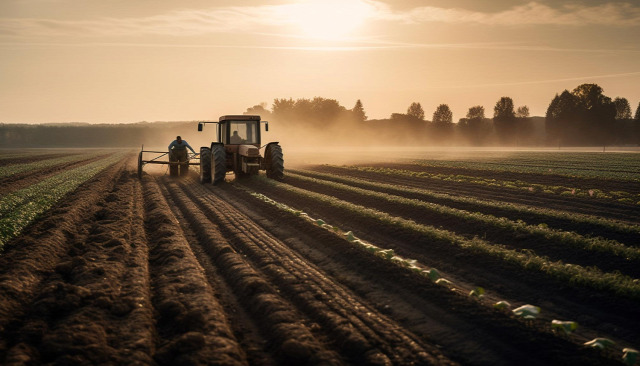
The Global Military landscape is undergoing a significant transformation with the integration of robotic and autonomous systems (RAS). These advanced technologies are revolutionizing warfare by enhancing mission capabilities, improving situational awareness, and reducing the risk to human lives. The Military Robotic and Autonomous System (RAS) Market is witnessing rapid growth as defense organizations worldwide recognize the strategic advantages offered by these systems.
The Rise of Military Robotic and Autonomous Systems
Military RAS encompass a wide range of technologies, including unmanned aerial vehicles (UAVs), unmanned ground vehicles (UGVs), unmanned maritime vehicles (UMVs), and autonomous combat systems. These systems can perform various tasks, such as reconnaissance, surveillance, target acquisition, logistics support, explosive ordnance disposal, and combat operations. By leveraging robotics, AI, and advanced sensors, military RAS enable defense forces to augment their capabilities and achieve mission success in diverse and challenging environments.
According to BIS Research, the Global Military Robotic and Autonomous System Market was valued at $17,575.1 million in 2022 and is expected to reach $19,794.0 million by 2033, growing at a CAGR of 1.10% during the forecast period of 2023-2033.
Key Market Drivers & Insights
Enhanced Situational Awareness:
- Military RAS provide real-time data collection and analysis.
- UAVs equipped with high-resolution cameras conduct aerial surveillance.
- UGVs and UMVs navigate hostile terrains and detect threats.
- Enables informed decisions and tactical advantage for military.
Minimizing Risk to Human Lives:
- Deployed to minimize risk in dangerous tasks.
- Used for mine clearance, bomb disposal, and reconnaissance.
- Reduces exposure of soldiers to life-threatening situations.
- Enhances safety and well-being of military personnel.
Operational Efficiency and Cost Savings:
- Improved efficiency and cost savings for defense organizations.
- Autonomous systems perform tasks with precision, reducing errors.
- Optimizes supply chain management, transportation, and maintenance.
- Reduces need for extensive crew training and personnel costs.
Technological Advancements:
- Rapid advancements in robotics, AI, and sensor technologies.
- Enables RAS to operate autonomously and adapt to environments.
- Integration of machine learning and AI enhances capabilities.
- Allows for autonomous decisions and performance improvement.
Download a free sample report to learn more about Military Robotic and Autonomous System Research.
Future Market Prospects & Opportunities
The Military RAS Market is poised for significant growth in the coming years. Governments and defense organizations worldwide are investing heavily in R&D and procurement of RAS to modernize their armed forces. The integration of RAS with existing military systems and platforms, such as fighter aircraft, naval vessels, and armored vehicles, will further enhance operational capabilities. Additionally, the development of swarming technologies, where multiple autonomous systems operate collaboratively, holds immense potential for future military operations.
The use of AI and machine learning algorithms will enable RAS to adapt to changing battlefield conditions, effectively analyze vast amounts of data, and make autonomous decisions in real-time. The integration of RAS with emerging technologies like quantum computing, 5G / 6G networks, and edge computing will further enhance their capabilities and enable more efficient and secure communication and data processing not only in the robotics and automation industries but across all domains.
Conclusion
The Military Robotic and Autonomous System Industry is transforming modern warfare by providing defense organizations with advanced capabilities, improved situational awareness, and reduced risk to human lives. These systems offer enhanced operational efficiency, cost savings, and the ability to perform tasks in challenging environments. With ongoing technological advancements and increasing investments, the future of the Military RAS Market looks promising. As defense organizations continue to embrace RAS, they will gain a significant strategic advantage and reshape the way warfare is conducted, ensuring the safety of personnel and achieving mission success.





